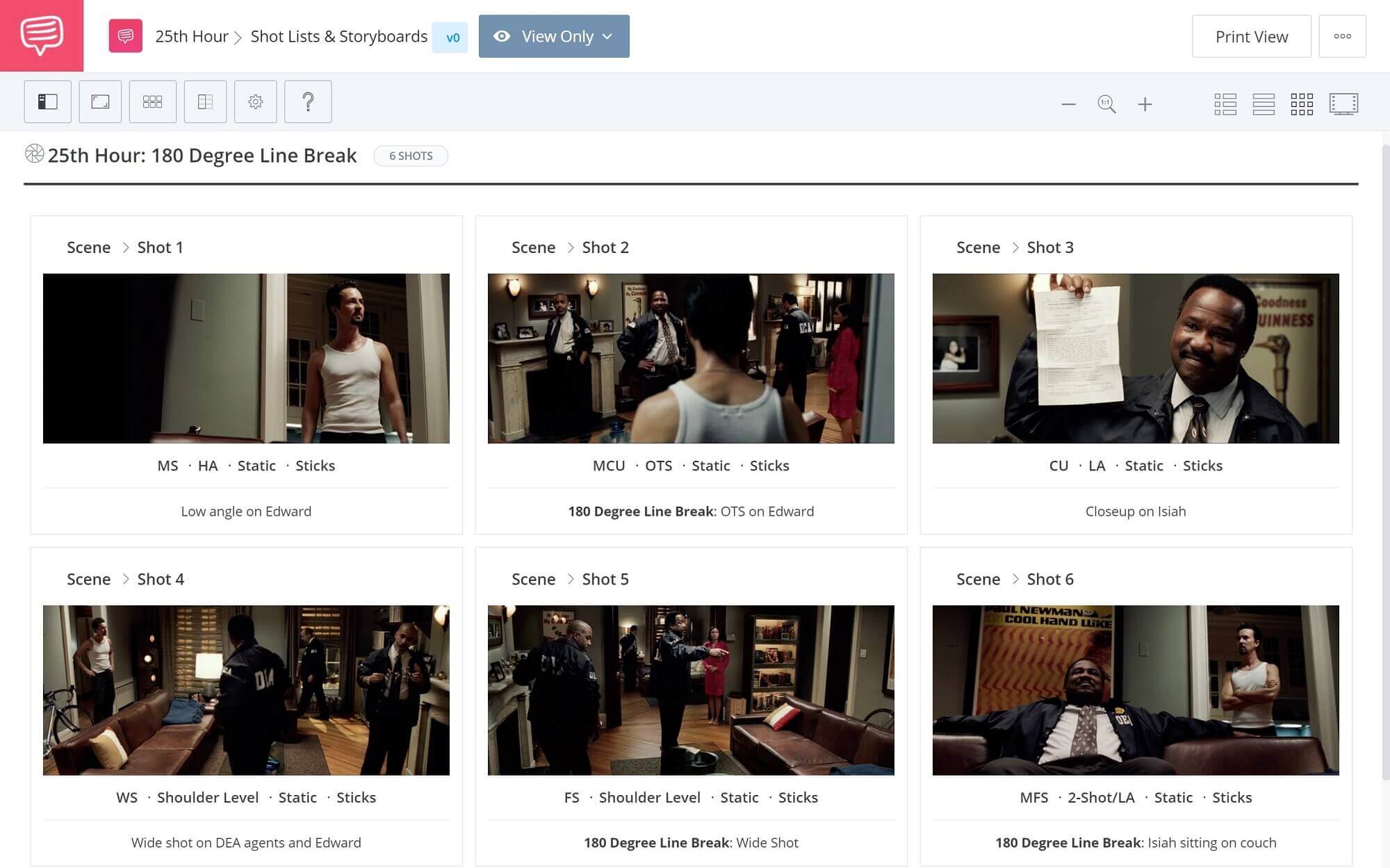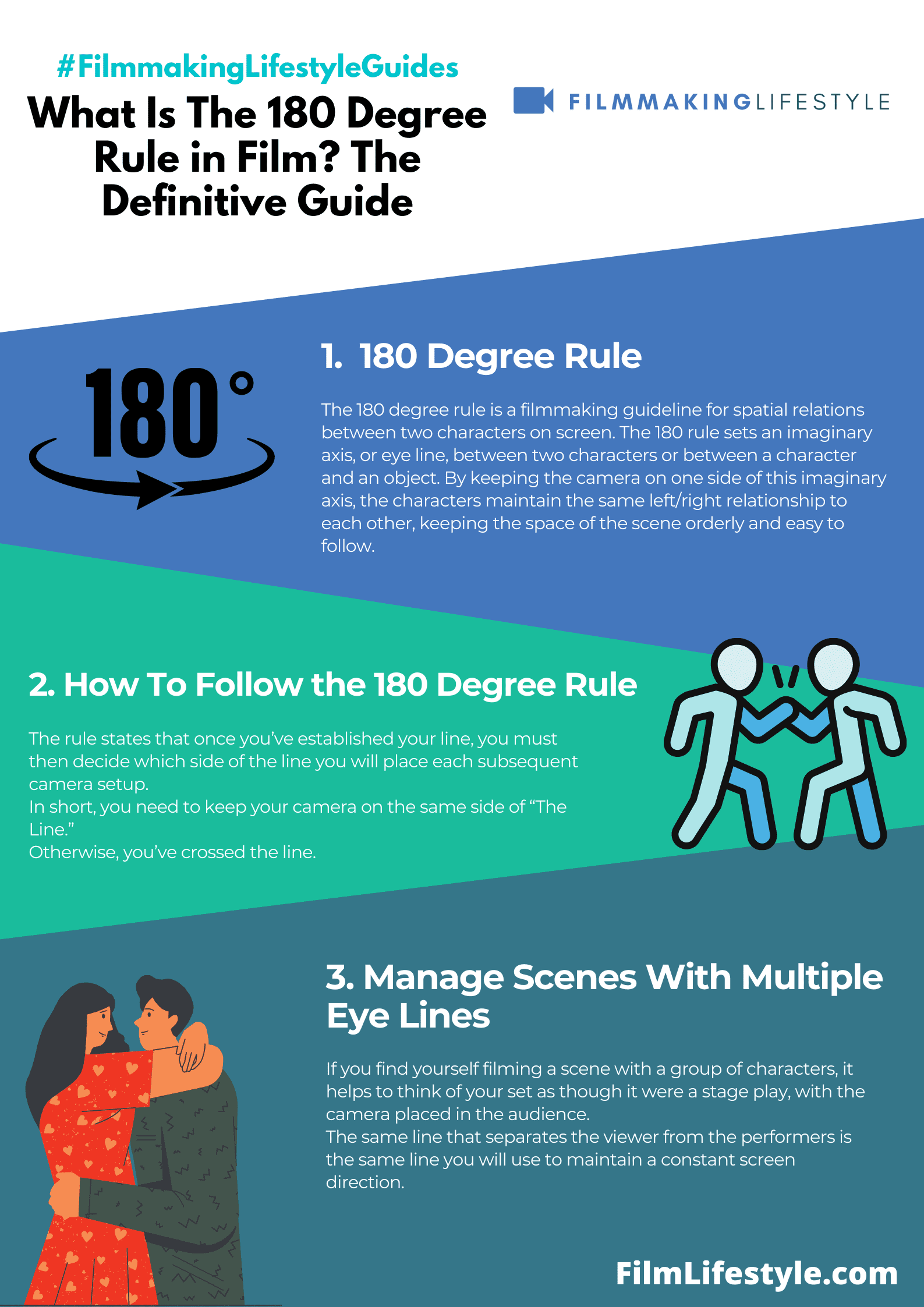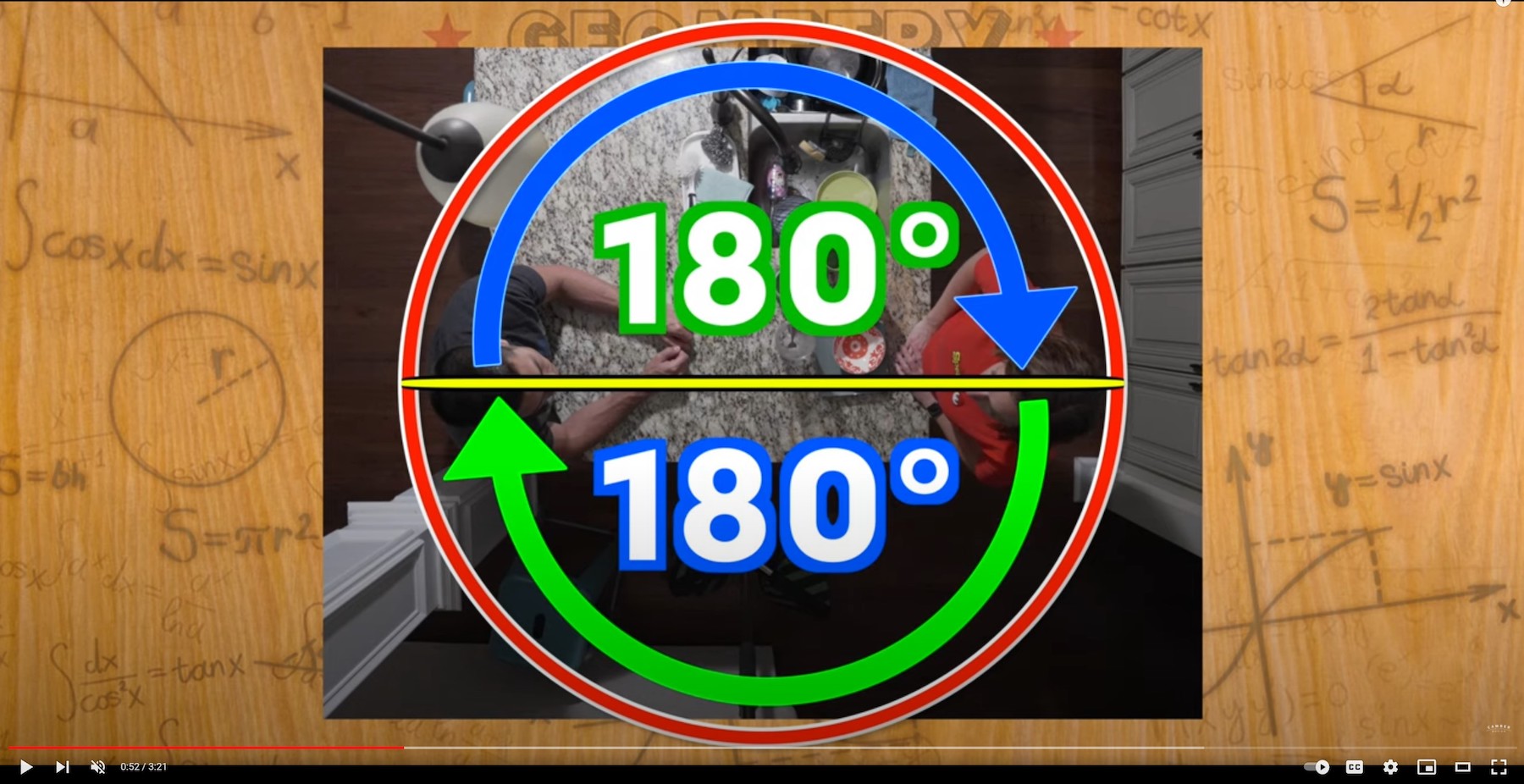90 Degree Rule Film 90 degree rule The camera may never be placed 90 degrees facing the subject but rather set off the center to give an illusion of depth actualit s Events filmed as they were happening events
Decoding the 90 Degree Rule in Film A Cinematic Guide 90 Degree Film Rule Uncover the secrets behind the 90 degree rule in film ensuring seamless story Shutter speed is a time measurement indicating how long the camera s shutter remains open to allow light to enter and expose the sensor or film Shutter angle on the other
90 Degree Rule Film

90 Degree Rule Film
https://i.ytimg.com/vi/TZU6BxgBtfs/maxresdefault.jpg

Blog background Murphy Photography And Film
https://i0.wp.com/quentinmurphyphotography.com/wp-content/uploads/2023/05/Murphy-Photography-Film-Logo-Grey.png?fit=5541%2C1537&ssl=1

180 Degree Rule In Film Explained By Sheshank PART 1 How To Break 180
https://i.ytimg.com/vi/oEpTBNCbu_k/maxresdefault.jpg
Usually rules such as the 180 degree rule exist because they are going to work for a majority of not close to 99 of shots scenes There are instances when a smaller larger shutter angle In filmmaking the 180 degree rule 1 is a basic guideline regarding the on screen spatial relationship between a character and another character or object within a scene The rule states that the camera should be kept on one side of an
One common way that the filmmaker edits scenes is by using rigid 90 degree or 180 degree changes between cuts giving an artificial feel to Anderson s movies David Bordwell In this post we re going to cover three simple rules of filmmaking that absolutely everyone needs to know the 180 degree rule 30 rule and 20 degree rule Screen direction is
More picture related to 90 Degree Rule Film

Film Making Introduction To The 180 Degree Rule And The Axis Of
https://i.ytimg.com/vi/uhzrqPJIohI/maxresdefault.jpg

Breaking The 180 Degree Rule For BETTER Storytelling Crossing The 180
https://i.ytimg.com/vi/e-QbgIpK3zM/maxresdefault.jpg

The 180 Degree Rule 180 Degree Rule Film Filmmaking
https://i.pinimg.com/originals/79/9a/6b/799a6b73f28179c4e8e9ea99f5675db9.jpg
90 degree rule For the 90 degree rule the camera may never be placed 90 degrees facing the subject Rather it should be set off the center to give an illusion of depth The 180 degree rule is a filmmaking guideline for spatial relations between two characters on screen The 180 rule sets an imaginary axis or eye line between two characters or between a character and an object
Perhaps one of the most vaunted of these rules is the 180 Degree Rule A new video from Fandor shows how many master filmmakers break this rule s tenets the reasons The 180 rule in cinematography is key to keeping visual consistency throughout your film If the camera were to suddenly switch position to a completely new angle halfway

Breaking Down The 180 Degree Rule 180 Degree Rule Filmmaking
https://i.pinimg.com/originals/48/8f/5b/488f5b3d3b5ec2c4a7bd9fb53d27a00a.jpg

30 Degree Line
https://s.studiobinder.com/wp-content/uploads/2020/10/180-Degree-Rule-Crossing-the-Line-25th-Hour-StudioBinder-Shot-List.jpg

https://routledgetextbooks.com › textbooks › glossary.php
90 degree rule The camera may never be placed 90 degrees facing the subject but rather set off the center to give an illusion of depth actualit s Events filmed as they were happening events

https://www.youtube.com › watch
Decoding the 90 Degree Rule in Film A Cinematic Guide 90 Degree Film Rule Uncover the secrets behind the 90 degree rule in film ensuring seamless story

180 degree Rule Wikipedia

Breaking Down The 180 Degree Rule 180 Degree Rule Filmmaking

Film School Shot Reverse Shot And The 180 Rule Viewinder

90 Degree Rule protractor Sun City West Active Adult Retirement Golf

Quick Tips Understanding The 180 Degree Rule YouTube

180 Degree Rule

180 Degree Rule

180 Degree Rule

180 Degree Rule

180 Degree Rule
90 Degree Rule Film - In this post we re going to cover three simple rules of filmmaking that absolutely everyone needs to know the 180 degree rule 30 rule and 20 degree rule Screen direction is